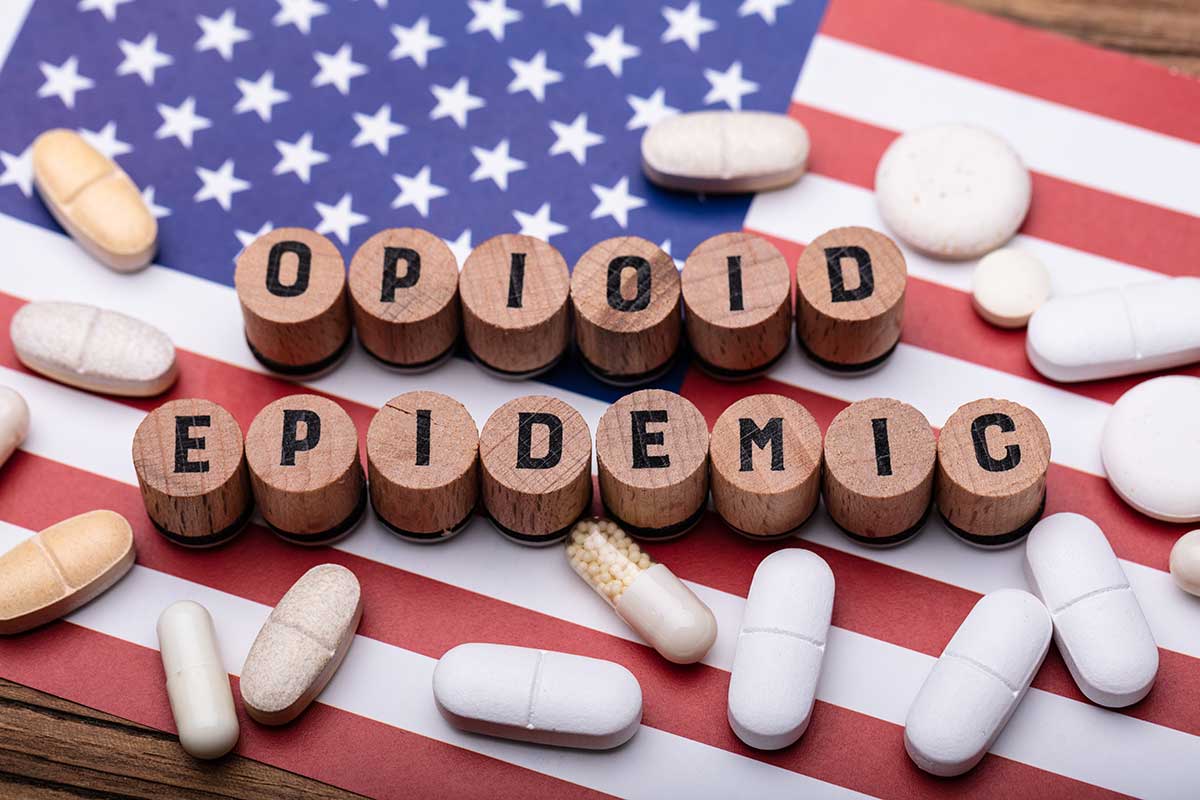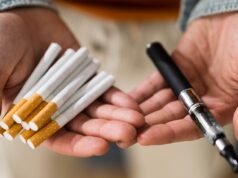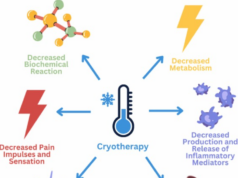Terms like “opioid crisis” are commonly dished around in the news. While you may have heard of the opioid epidemic, you may not know precisely what it is all about. In this article, we go into detail about the opioid epidemic and how it has affected individuals and families worldwide. The opioid crisis is an ongoing issue, and because of this fact, it is beyond pertinent that information on how to protect your family and loved ones from the growing crisis be shared.
Explaining the Opioid Epidemic

At first, opioids (and specifically morphine) were a medicinal discovery used to create drugs that held pain-relieving effects. As the medical understanding of opioids grew, many manipulations of opioids were carried out to increase and decrease the intensity of morphine based on individual needs.
Morphine is considered a natural opioid and was one of the first to be used as a form of pain relief and medicine. Other opioids, such as methadone and heroin, were introduced during a scarcity of morphine. As it became apparent that these drugs were highly addictive, they soon became illegal. Certain opioids are still utilized today to produce emotional and physical pain relief for patients under severe distress. Unfortunately, while the effects of pain relief are strong, opioids are highly addictive and can lead to complications with continued usage, see more to learn about it.
Conflicting information on the impact of opioids in their synthetic and semi-synthetic forms have played a role in the epidemic as doctors are uncertain as to whether or not to prescribe these pain relievers. Over the years, drug companies would push these medicines and defend the notion that their versions were less addictive than traditional opioids like morphine and that they contain harmless side effects.
Quickly after that, the opioid business grew and today continues to evolve despite the epidemic. Although the addictive nature of opioids illustrates the dangerousness of these drugs, what makes opioids even more threatening is how easily they can be prescribed legally by medical providers. The majority of opioid addictions take place after a provider signs off on an initial prescription.
Dangers of Opioid Addiction
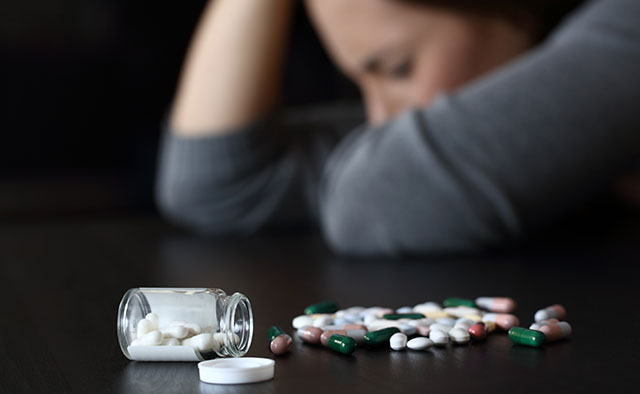
Individuals seeking pain relief from various physical injuries do not know that they are walking into a potential addiction. In many cases, addiction becomes so potent that users come to rely on the drugs just to feel normal. The attempt to get clean coincides with withdrawal symptoms that are either overcome or not—the latter resulting in a high possibility of turning to illegal substitutes such as heroin.
You might naturally assume that the opioid epidemic got its name from the addictive nature of the drugs or the seemingly uncontrollable distribution of the drugs in medical care. In actuality, however, opioid addiction became a term due to the high number of accidental overdoses associated with prescription opioids. Prescription opioid pain relievers cause the majority of accidental deaths.
Opioid Treatment Programs
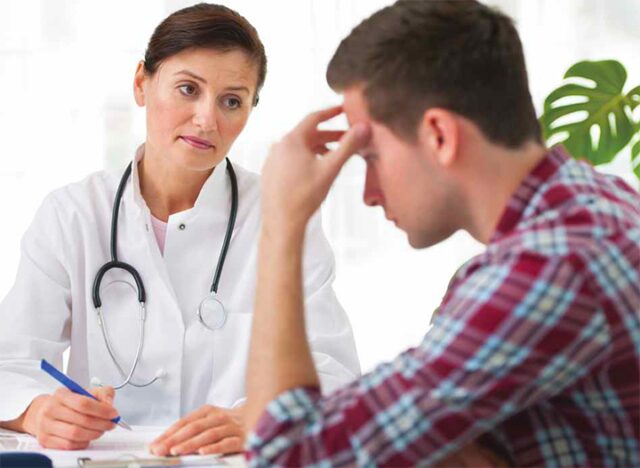
If you or a loved one is struggling with opioid addiction, it is essential to get involved with opioid treatment programs right away. By engaging in these programs, individuals will learn ways to prevent addiction from happening again and learn skills and coping mechanisms to treat their pain without using these addictive substances. The first part of opioid treatment programs will be the detox period, which will eradicate the build-up of opioids in the body.
The next part of opioid treatment programs will include handling withdrawal symptoms safely and effectively and typically in the care and treatment facilities of inpatient opioid treatment programs. 24-hour medical staff will be available to help patients get through withdrawal. Once these two difficult steps are achieved, the opioid treatment programs will continue with lifestyle changes individuals can make to avoid a relapse. Patients will continue to learn ways to manage their pain in safer ways. Reach out to your insurance provider to see which opioid treatment programs are covered under your plan and look online for additional opioid treatment programs that may be feasible for you.
Remember to look for opioid treatment programs that emphasize lasting recovery as opposed to desirable amenities that are less important. Some opioid treatment programs include the use of non-addictive medications that help minimize the effects of withdrawal symptoms. In contrast, others have more of a “cold turkey” approach and emphasize sobriety all together. Look at reviews and self-reflect on the opioid treatment programs that may be the most beneficial to you before committing to a set protocol.
How to Protect Loved Ones

The effects of the opioid crisis are felt by everyone, from individual users to friends and family members. It will take the collective consciousness of everyone to overcome this crisis and to improve the safety of medication for pain relief. It is important to remember that opioid addiction is a biological reaction and is highly likely to occur should you accept a prescription for opioid-induced pain relief.
The most crucial thing we can do immediately is to inform people of the insidious effects of opioid use and encourage people to avoid defaulting to these prescriptions. Regardless of how devastating one’s pain may be, replacing one problem for another does not solve anything. People need to be informed of alternative solutions for pain relief to reduce the severity of their symptoms without obtaining an addiction in the process. People need to learn that the alternatives to pain relief may not be as effective or work as quickly as opioids, but ultimately, they are the healthier choices to make.
The Bottom Line
The opioid crisis and epidemic are an ongoing issue because of the careless nature of how opioid prescriptions are carried out. To prevent the emotionally burdensome and often fatal consequences of opioid addiction, people must come together and spread awareness of the crisis and what can be done to avoid its additional consequences. For anyone struggling with opioid addiction, reach out to a treatment team right away. The sooner you get help, the easier it will be for you to break ties with your addiction for good.

